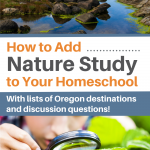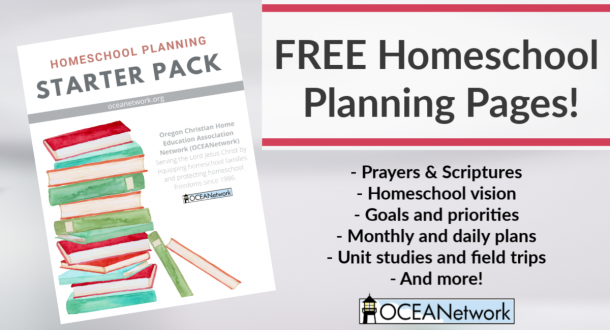Oregon is one of the most beautiful states and boasts of an immensely diverse terrain. It’s a homeschool nature study wonderland, really. If you’re looking great tips and ideas for adding Oregon nature study to your homeschool, we’ve got you covered!
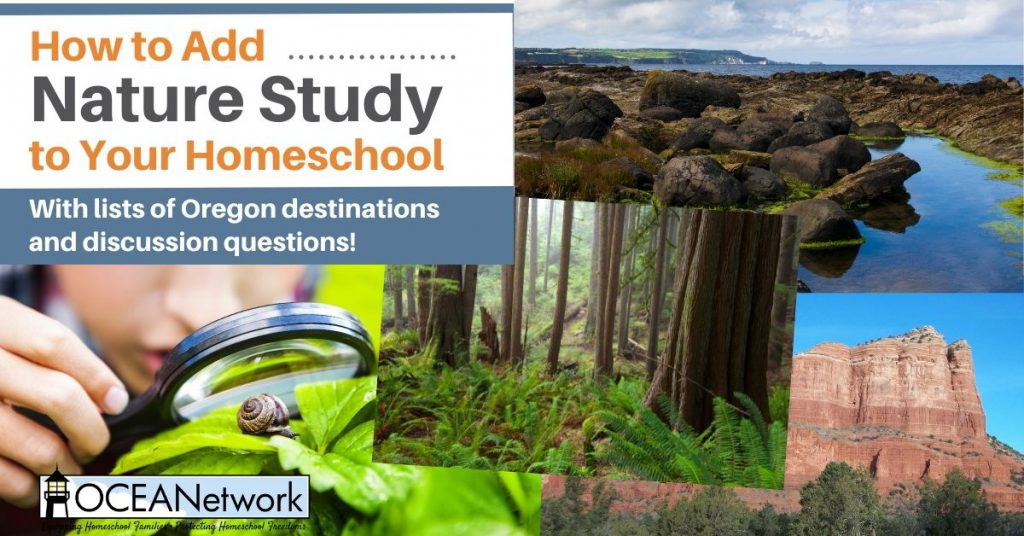
Nature Study Basics
If you’re not familiar with nature study yet, there are a few basics you’ll want to know.
What is nature study? Nature study is simply the observation and study of the world around us – the world that God created!
Why do nature study in our homeschool? There are several reasons why nature study can be a helpful habit in your homeschool.
- Learn careful observation and awareness of the world around us.
- Healthy for our bodies and minds; slowing down, enjoying the outdoors, breathing fresh air, etc.
- Teach science in a simple and fun way, especially in the elementary years.
- Bring the family together during walks and nature study activities.
- Explores the creativity and character of the Creator.
- And more!
What is involved in nature study? Nature studies can be as simple as you want them to be. Much can be done in your own backyard, during neighborhood walks, or just by observing the trees and birds outside your window. You can also enjoy Oregon nature study through local destinations, field trips, and more.
Are special supplies needed in nature study? Nature study can be done anytime and without special supplies. However, there are some things you can do to make the most of these learning opportunities.
- Keep blank sketchbooks and pencils by the door or in the car for spontaneous nature study opportunities.
- For more intentional outings, set up a nature study bucket or backpack. Include nature journals, pencils, magnifying glasses, containers/bags, field guides, art supplies, etc.
- No time or supplies available? No problem! Snap a photo as you observe, taking time later when you’re home to draw and discuss more about what you found.
How do you “observe” nature? Slow down to look closer, then ask good questions! Children are naturally curious and so this will come easily. But you can also prompt them with good questions and opportunities to practice. For example:
- What do you notice about it?
- What is it currently doing?
- What are the colors and textures?
- What patterns do you see?
- Have you seen something like this before? How was it similar or different?
- What scents and sounds are there?
- Have you seen any changes just now or from the last time you saw it?
- What else in nature does it remind you of?
- What questions do you have about it?
To get an idea of what nature study can look like in your homeschool, consider reading Pocketful of Pinecones by Karen Andreola. It’s a lovely narrative-style book for homeschool parents with wonderful tips for nature study built in.
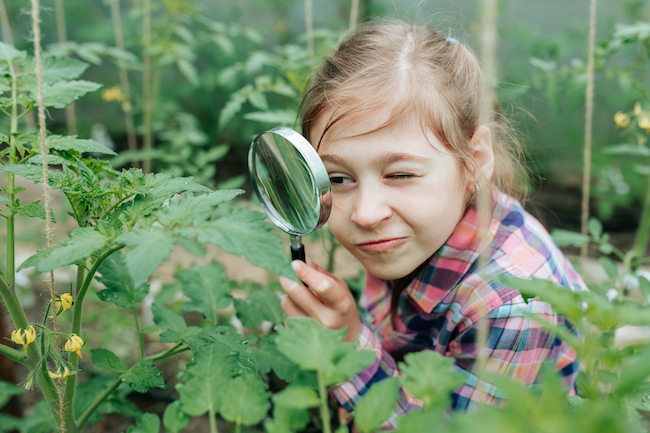
Ideas for Oregon Nature Study
Again, nature study can be as simple as making time each week for a nature walk or backyard observation time. However, there are also many features in Oregon that would make a wonderful nature study focus! For example, Oregon nature centers can be found all over the state! Start with the ones closest to you. Below are more destinations that may enhance your studies.
(Note that some of the links below includes information that may not reflect your family’s worldview or stance on the age of the Earth. Preview as appropriate before sharing with your kids.)
1. Animals
Children love animals, and there are so many options in Oregon to study them in a more up close and personal way.
If your family is learning about animals from different continents, Oregon has the Oregon Zoo (in the Portland Area) and it has Wildlife Safari (in Winston). Both give different experiences and have a variety of animals to learn about.
Got ornithology studies going on? The Cascade Raptor Center, located in Eugene, gives the opportunity to see raptors up close. They actually offer educational programs on site and off site. And, the Audubon Society has some wonderful educational programs. At their website, you can search for an Audubon near you to find out what programs they have going and if they can come do a presentation for your group.
Animal Nature Study Ideas
There are a variety of books that can be fun to read ahead of time on the animals you’ll be seeing. Depending on how detailed you want the study to be, you can go with basic animal information to an in-depth study on anatomy. Here are some resources to consider:
- The Handbook of Nature Study is a great companion to have on hand, or you can get an updated color version of it here. Similar in style, the nature books by Thornton Burgess can be wonderful read-alouds. (Note that these reference “Mother Nature” on occasion, so if that is concerning to you, you may want to edit on the fly or have a discussion with your kids about creation and its Creator!)
- Start gathering field guides to keep on hand for easier identification of animals and insects you find.
- The Christian Liberty Nature Reader Set is a good for reference, as a read aloud, or as an independent reading resource for your kids.
- Also, as you read the Bible with your children, notice references to nature and animals, taking time for rabbit trails to learn more about them.
- Hit the library to find more great books about animals!
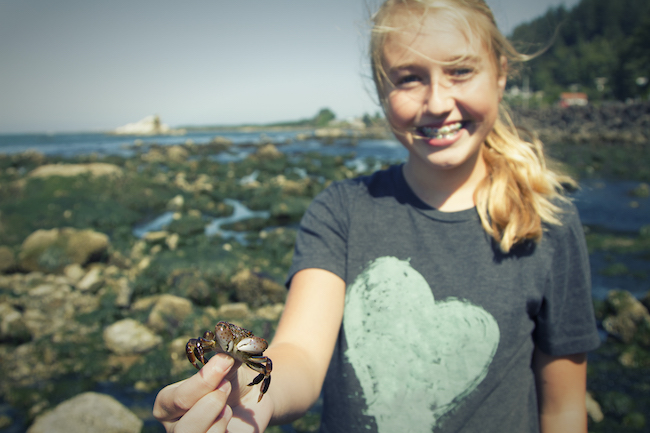
2. Beaches
Our coastline is gorgeous and full of Oregon nature study opportunities. You can explore tidepools, dunes, shorelines, and more. Consider visiting the Oregon Coast Aquarium or the Hatfield Marine Science Center for extra learning fun! Or head out to the Florence Dunes in for a tour with Sandland Adventures.
Oregon Beach Nature Study Questions
As you visit our beaches for an Oregon nature study, you’ll notices that no two are exactly alike. Have your students observe and research questions about things like:
- Does this beach have fossils?
- What conditions offer tidepools?
- How different is the texture of the sand among our beaches? Is it fine or coarse? What is the coloring? And, what accounts for these variations?
- Is a whale migration spotted?
- What birds do they notice in the area?
- Are there dunes at all of the beaches or some of the beaches? What causes a beach to be a dune beach?
- What determines the size and structure of coastal dunes?
- What can your students learn about primary dunes and secondary dunes?
- How many geological features can your students find at any given beach? (e.g. headland, caves, notches, cliffs)
- Do shorelines remain the same? Or are they everchanging? What causes them to change?
- What can your students learn about bays?
- Have your students research about foreshores, beach berm, etc.
- What can your students discover about tides?
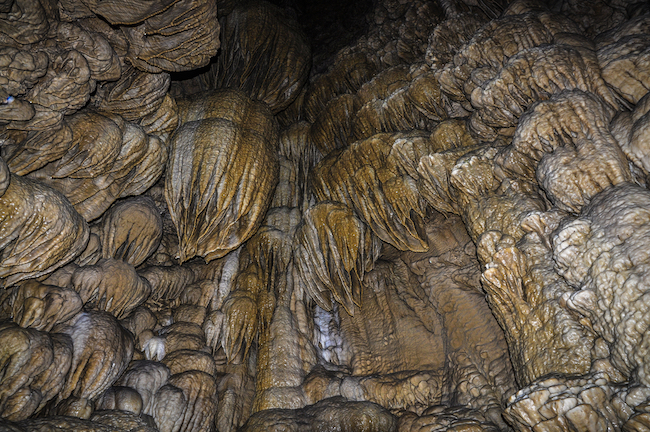
3. Caves
Caving can be so much fun. This is one of the best ways to learn about caves in a hands-on way! That said, keep in mind that cave walls and features must be kept free of hands touching them. Also, some caves have guided tours and some don’t (although there still may be a fee involved) so research your destination ahead of time.
Here are a few caves you can tour for an Oregon nature study:
- Oregon Caves (a national monument in Southern Oregon)
- Arnold Ice Cave (southeast of Bend, Oregon)
- Boyd [Lava] Cave (Southeast of Bend, Oregon)
- Skeleton [Lava] Cave (Bend, Oregon)
- Lava River Cave (Central Oregon)
- Skylight Cave (Deschutes National Forest)
- Redmond Caves (managed by Bureau of Land Management)
- Fort Rock Cave (Central Oregon, Fort Rock State Natural Area)
- Derrick Cave (Central Oregon, Just northeast of Fort Rock Cave)
- Sea Lion Caves (Florence, Oregon)
Oregon Cave Nature Study Questions
Take time to explore photos and information about the cave you plan to visit. Find some picture books about caves to look through, or check out The Cave Book from Master Books. Learn about the cave and ask observation questions:
- What type of cave is it?
- What is the temperature range of the cave in different seasons?
- What local history may tied to the cave?
- What kinds of wild animals live in the cave or make use of it?
- What kinds of insects live in this type of cave?
- What textures, sounds, smells, and colors are there in the caves?
- Do you see different types of rocks or formations?

4. Deserts
Deserts in Oregon? Absolutely! There are a lot of wonderful things to appreciate about Oregon’s deserts. Learn more about them and consider making a nature study field trip! The High Desert Museum and the Sunriver Nature Center & Observatory are excellent resources for the high desert.
Oregon Desert Nature Study Questions
- What kinds of geological features are in the desert?
- Is farming possible?
- What kinds of ranches are there?
- How much rainfall is there?
- What can the temperatures be like in different seasons?
- Do cacti grow in Oregon deserts? What kind(s)?
- What kinds of animals live in our deserts?
- Plants are in the desert. What varieties can I learn about?
- Is it a sandy or a rocky desert?
- Does it snow in this particular desert?
- How are deserts made?
- What can I learn about semi-deserts?
- Is there ever unusual weather in the desert? What can it be like?
- What is a rain shadow? Does it happen in deserts only?
- Does Oregon have any “sandy wastes”?
- Are some deserts more salty than others? If so, why?
- Do rocks help to soak up rain water? If so, what kind of rocks?

5. Fossil Beds
Who isn’t interested in dinosaurs and fossils at one time or other? You can read up using The Fossil Book or books like I Really, Really, Really Like Fossils for younger kids.
The great news is that Oregon has fossil beds you can visit. What better way to engage in these studies than to get out in the field and dig in? Here are some to check out:
- John Day Fossil Beds National Monument
- Wheeler High School fossil bed (in Fossil Oregon)
- Woodburn High School has a public fossil dig every summer
Oregon Fossil Bed Nature Study Questions
- How are fossils formed?
- How fast can they form?
- What fossilized modern day objects have been found?
- Why are fossils important?
- What is the biggest fossil found?
- What’s the largest fossilized egg?
- Can water impressions be fossilized?
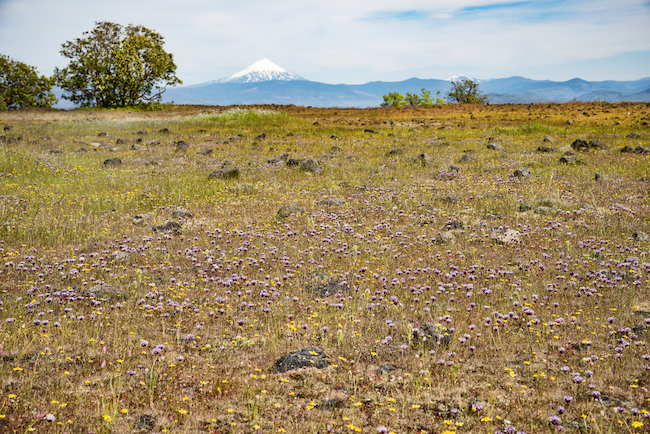
6. Plateaus
Among the Cascade Range, one will find some plateaus to explore and learn about, including the Columbia Plateau.
Oregon Plateau Nature Study Questions
- What can your students learn about the rainfall that plateaus receive?
- Why do they receive as much or as little rainfall as they do?
- Does their surface absorb and radiate heat from the sun?
- In summer, are they warmer than the surrounding atmosphere? What effect does this have on moisture in the atmosphere?
- Is every plateau a barren region? Or, may they have vegetation?
- What kinds of animals dwell on a plateau?
- How many different types of plateaus are there? What can you learn about each kind?
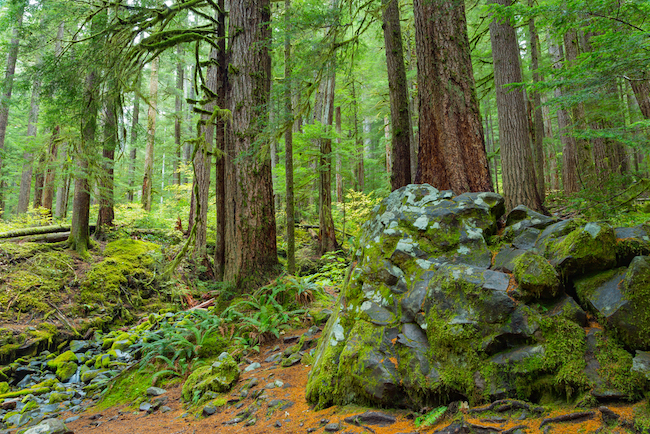
7. Temperate Rainforest
Oregon is blessed with Silver Falls State Park. It’s a gorgeous park with several trails and stunning waterfalls. If you’re doing a study on waterfalls, trees covered in verdant moss, and lined with lush ferns, this is a super location for it.
Oregon even has a secret temperate rainforest called the Valley of the Giants! It’s a great location for studying Western Hemlocks and Douglas Firs.
Oregon Temperate Rainforest Nature Study Questions
Get your students ready to research and have some fun!
- What kinds of temperatures do temperate rainforests have?
- What is their air like?
- How much rain falls in each one?
- Describe what they are like seasonally.
- What are the characteristics of a temperate rainforest?
- What varieties of tress live in the rainforest you are studying?
- What happens to fallen trees in a temperate rainforest?
- Where can the longest strip of coastal temperate rainforests be found?
- Compare and contrast temperate rainforests with tropical rainforests.
- How old are the oldest trees in the temperate rainforest that you’re studying (do claims you come across line up with your worldview)?
- What kinds of plants live in it?
- What kindsof animals may be found in it?

Special Science & Nature Study Resources
If you’re looking for great science and nature study resources, consider these past OCEANetwork conference exhibitors:
- Creation Encounter Tours hosts educational nature hikes in the Pacific NW that are taught from biblical worldview. Topics that they commonly cover are the Columbia Gorge, John Day Fossil Beds, the Crooked River Caldera, Rowena Plateau Flora and Fauna, Forest Ecology, Cascade Conifers, Mt. St. Helens, and Butterfly Day and Peterson Prairie.
- Northwest Treasures provides homeschool geology curricula as well as rock, mineral, and fossil kits for grades pre-K through 12.
- AwesomeSci TV produces science-focused media with a Biblical worldview, providing over 30 kids shows and documentaries, nature shows, experiment demonstrations, and more.
- Glen’s Gizmos serves homeschoolers in the Pacific NW with science courses, outdoor education, engaging videos, and Christ-centered community.
- Homeschool Outdoor School providing outdoor education for homeschoolers in Oregon as well as apologetics training and encouragement.
- Mount St. Helens Creation Center is a great field trip destination that encourages individuals and families to experience young Earth lessons from Mount St. Helens through classes, field-adventures, our store, and special events.
- Living Waters Science provides online and in-person classes, “exploring science to reveal the wonders of God.”
- Twin Rocks Friends Camp is a place for families and students to gather for Christ-centered creation-based outdoor education, including their family-style Homeschool Outdoor School camp.

Other Nature Study Topics You Can Consider
We didn’t cover all the possible nature study focus topics you could pursue! Oregon has some other features you may like to consider doing research on, such as gorges, hills, rivers, waterfalls, lakes, ponds, mountains, canyons, and more. Be creative and go explore!
But remember, you don’t have to go out of your way or have special supplies to do nature study! Even if you just go for walks in your neighborhood and make close observations in your back yard, nature study can enrich your homeschool for a fun and educational year.
Share Your Nature Study Ideas & Destinations with Us
What questions and locations can your family come up with on your own? We’d love to hear about them!
